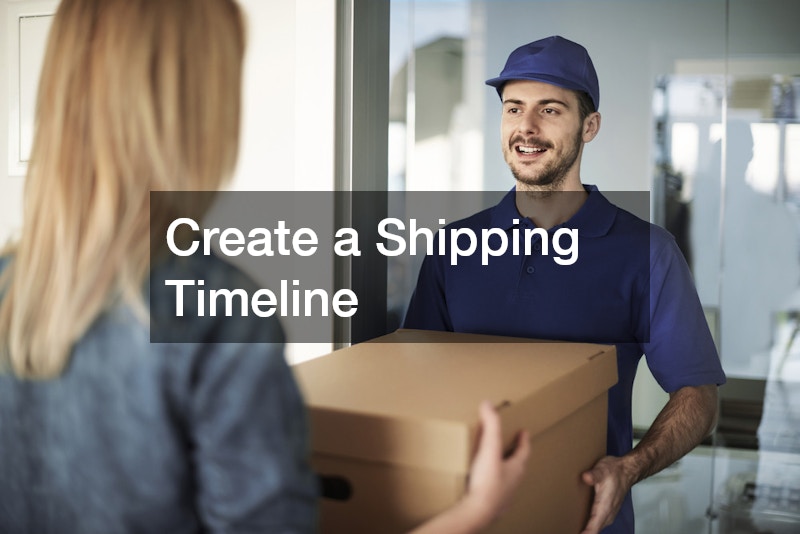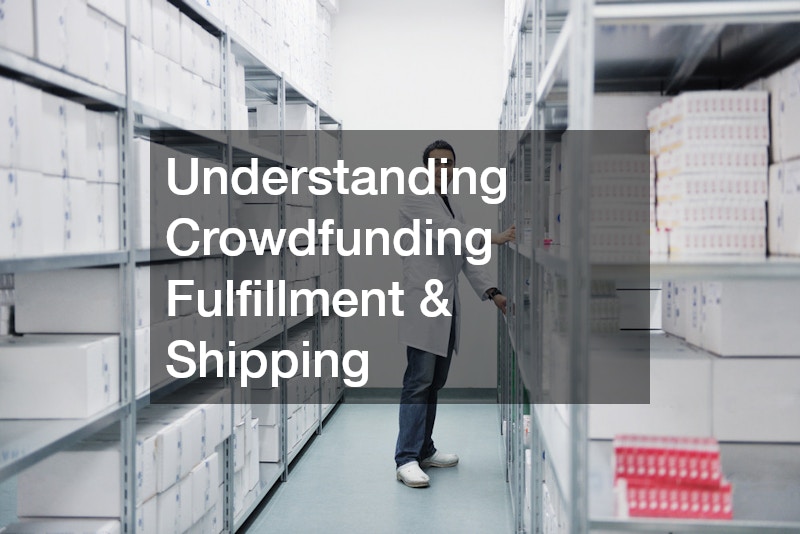Crowdfunding has revolutionized the way businesses, entrepreneurs, and creators bring new products to life. Platforms like Kickstarter, Indiegogo, and GoFundMe have allowed innovators to secure funding from supporters all over the world. However, once a project reaches its goal and it’s time to deliver on promises, the real challenge begins—fulfillment and shipping. Efficiently managing these two aspects is crucial for maintaining backer satisfaction and project success.
What Is Crowdfunding Fulfillment?
Crowdfunding fulfillment refers to the process of manufacturing, packing, and delivering the products to the backers who have supported the campaign. This can be a daunting task, especially for creators who are new to the business.
Unlike traditional businesses, crowdfunders often rely on external manufacturers and fulfillment services, making it vital to plan ahead and avoid common pitfalls.
Successful fulfillment ensures that the product is delivered to backers on time, within budget, and in excellent condition. It involves not only manufacturing but also inventory management, order processing, and customer service. When done right, fulfillment strengthens trust and reputation among supporters, setting the stage for future crowdfunding efforts.
Key Challenges in Crowdfunding Fulfillment
While crowdfunding campaigns often begin with high hopes and enthusiasm, many creators underestimate the complexities involved in fulfillment. Some of the main challenges include:
1. Production Delays
Creators often rely on third-party manufacturers to produce their products, and delays can occur due to several reasons—material shortages, factory downtime, or production errors. These delays can push back delivery timelines and lead to frustration among backers.
2. Inaccurate Backer Estimates
Misjudging the number of units that need to be fulfilled can also cause problems. If a campaign far exceeds its initial funding goal, creators may not have the resources or processes in place to handle the increased demand. This can lead to missed deadlines and poor customer service.
3. Shipping Costs
Shipping is one of the most underestimated expenses in crowdfunding. Many creators fail to account for shipping materials, international tariffs, and fluctuating shipping rates. As a result, they may end up absorbing additional costs, which can significantly eat into their profits.
4. Customs and International Shipping
For campaigns with international backers, customs regulations and international shipping logistics add another layer of complexity. Products may get stuck in customs, causing long delays and dissatisfaction among backers who are waiting for their rewards.
5. Managing Expectations
Communicating with backers about potential delays and challenges is essential but often neglected. Many projects fall victim to overly ambitious timelines, leading to a communication breakdown when delays occur. Managing expectations through regular updates can mitigate backer frustrations and keep them engaged throughout the process.
Fulfillment Strategies for Crowdfunding Campaigns
Addressing these challenges requires thoughtful planning and the right strategy. Here are some key strategies to ensure smooth fulfillment and shipping for your crowdfunding campaign:
1. Choose the Right Fulfillment Partner
Working with a professional fulfillment company can be a lifesaver for large campaigns. These companies offer services such as warehousing, inventory management, packing, and shipping, allowing you to focus on other aspects of your project. When selecting a fulfillment partner, consider factors like location, expertise, costs, and scalability. It’s best to find a partner that can handle the scale of your campaign and has experience dealing with international shipping if necessary.
2. Plan Production Early
Manufacturing should begin as early as possible to avoid delays. Engage with your manufacturer well before your campaign ends to ensure they are ready to start production once you hit your funding goal. Secure quotes, set production timelines, and assess quality control measures to reduce the risk of errors during production.
3. Factor in Shipping Costs Early On
Accurate shipping estimates are crucial for avoiding unexpected costs down the line. During the planning phase, calculate shipping expenses by considering product weight, size, destination, and packaging materials. Keep in mind that international shipments can be more expensive due to tariffs, customs duties, and longer transit times.
Platforms like ShipStation and EasyShip can provide instant shipping quotes, making it easier to calculate accurate shipping costs. Always aim to include some padding in your shipping budget to account for unexpected expenses.
4. Offer Tiered Shipping Options
Offering different shipping options—such as standard, expedited, and international—allows backers to choose what works best for them. Backers in different regions or with different urgency levels appreciate having options, and it helps reduce the overall shipping cost for those who prefer a slower, more economical option.
5. Use a Reliable Shipping Carrier
Choosing a reliable shipping carrier is key to ensuring timely delivery. Popular carriers include FedEx, UPS, and DHL, each offering varying levels of service depending on your specific needs. Be sure to research carriers’ shipping times, costs, and reliability in different regions.
For international backers, using a global logistics company that specializes in cross-border shipments can help you navigate customs and reduce the chances of items being delayed.
6. Monitor and Communicate Progress
Backers appreciate transparency throughout the fulfillment process. Use tools like project management software to track orders, shipping status, and inventory levels. Keeping backers informed with regular updates on production progress, shipping dates, and potential delays helps build trust and reduces dissatisfaction.
Shipping Best Practices
In addition to planning your fulfillment process, there are a few shipping best practices that can streamline your operations:
1. Consolidate Shipments
Where possible, consolidate orders into fewer shipments. This not only reduces shipping costs but also minimizes the risk of errors in packing and inventory management. Bulk shipping is generally cheaper and easier to track.
2. Use Eco-Friendly Packaging
Many backers appreciate projects that align with sustainable practices. Eco-friendly packaging options not only reduce your environmental footprint but can also enhance your brand’s image. Compostable or recyclable materials are increasingly available and can be used without compromising the safety of your product.
3. Create a Shipping Timeline
Establishing a clear timeline for shipping—based on when production is completed—will help you manage backer expectations and avoid overwhelming your team. Break the timeline into phases, starting with backers who pledged the most or opted for early bird rewards, and then ship in batches.
Watch the video above to learn more about crowdfunding fulfilment!.


